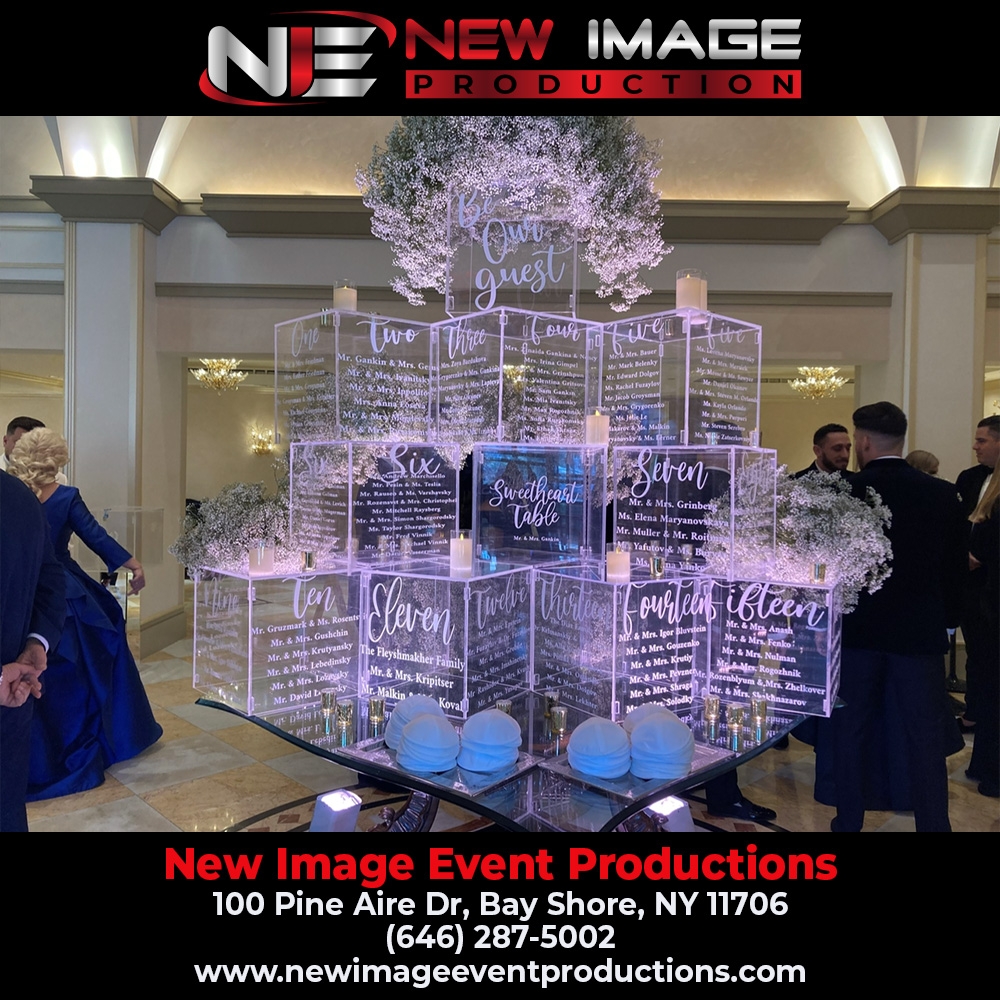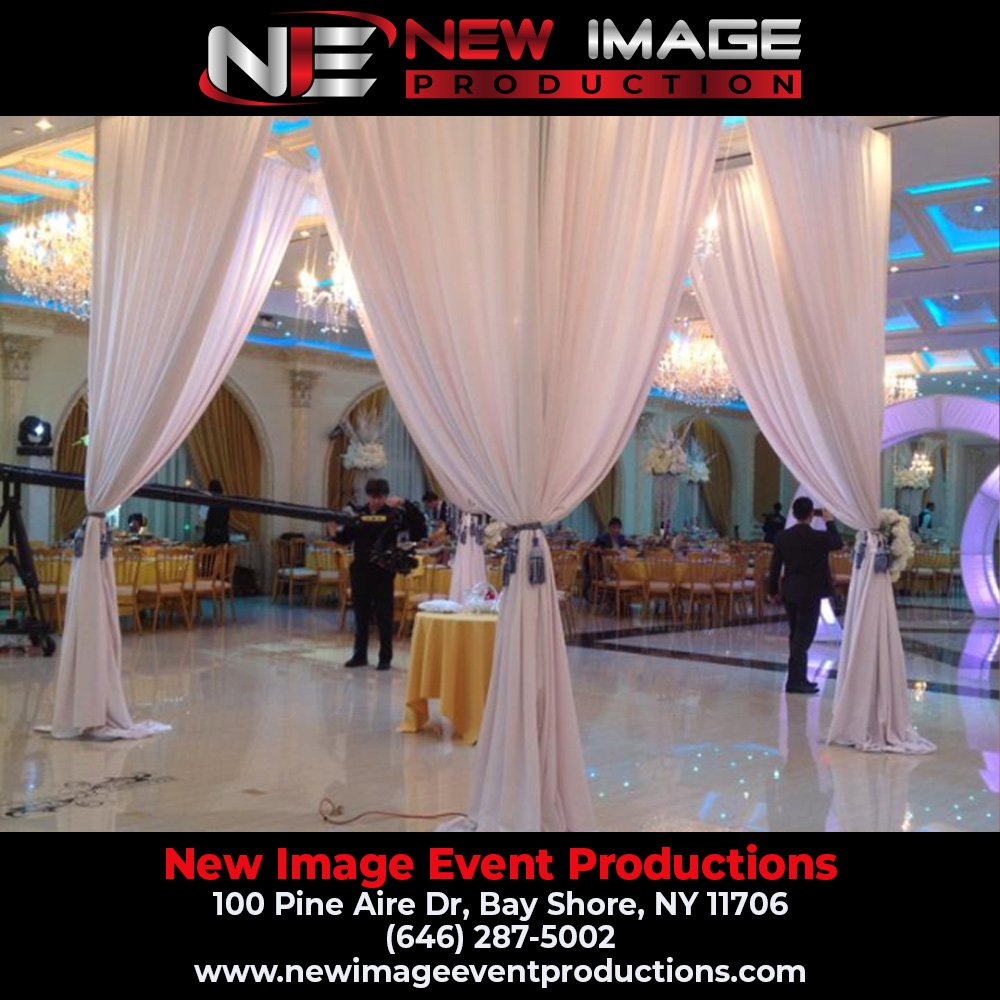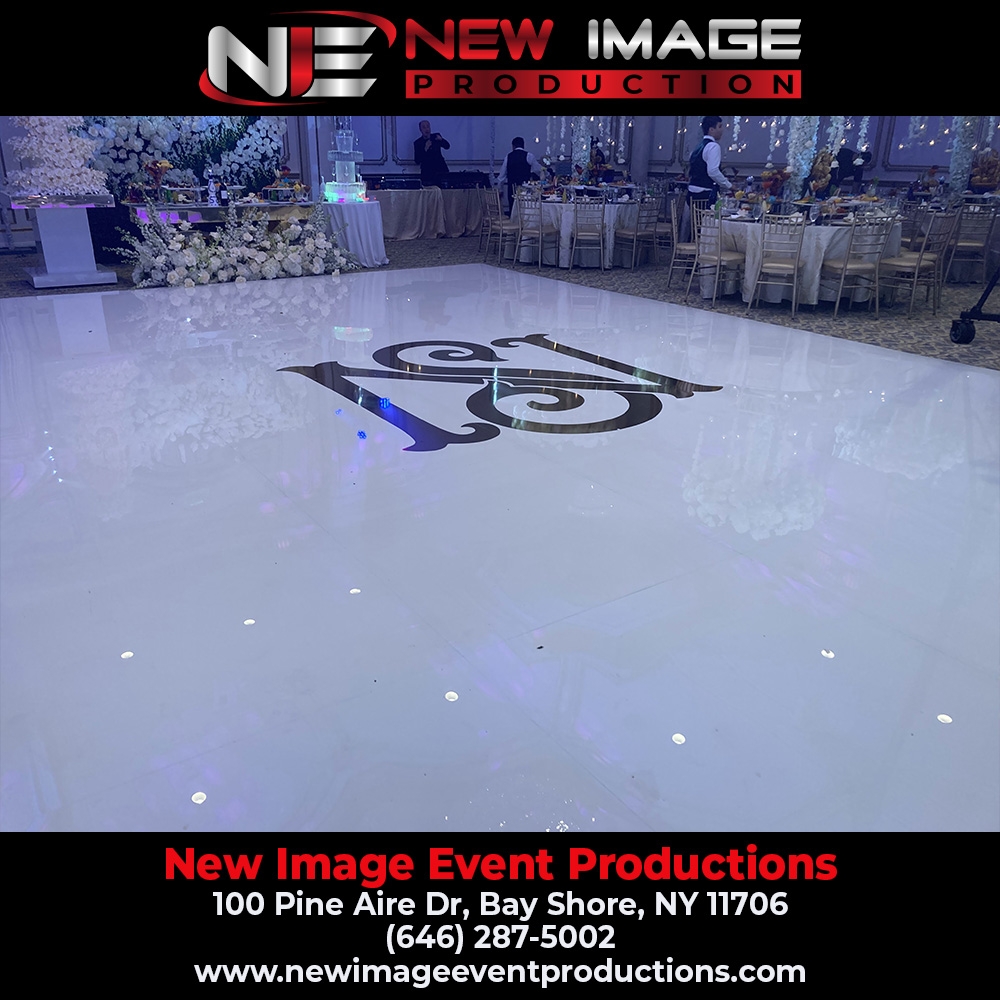Dynamic Range Compression
How does dynamic range compression affect the audio quality of a recording?
Dynamic range compression can affect the audio quality of a recording by reducing the difference between the loudest and softest parts of the audio signal. While this can help to make the overall sound more consistent and prevent clipping, it can also result in a loss of natural dynamics and a potential increase in background noise or artifacts in the recording.







